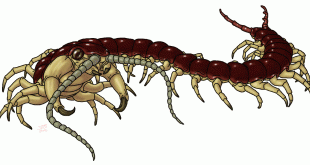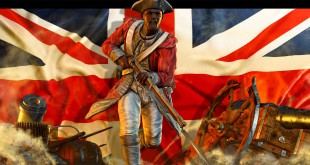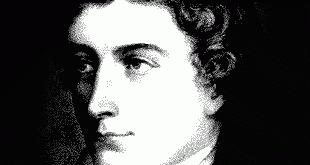श्रीखंड महादेव भगवान शिव का ये सबसे पूजनीय स्थल माना जाता है। इसकी कहानी बड़ी ही दिलचस्प है। कहा जाता है कि भगवान शिव को कई महीनों तक मजबूरी में यहां की गुफा में छिपना पड़ा था। दरअसल ये गुफा हिमाचल के जिला कुल्लू में करीब 18500 फीट की ऊंचाई पर स्थित है। यह श्रीखंड महादेव सदियों से भगवान शिव …
Read More »Cedric Centipede
∼ Porter G., Hilda Offen, Pradera, Esme Eve, Alan Jesset, Richard Hooke
Read More »Calico Pie
∼ Porter G., Hilda Offen, Pradera, Esme Eve, Alan Jesset, Richard Hooke
Read More »British National Anthem
When the monarch of the time is male, “Queen”, and all female pronouns are replaced with “King” and male pronouns. In addition, the lyrics of the 3rd verse are modified slightly to read, “With heart and voice to sing, God save the King”. The National Anthem is God Save the Queen. The British National Anthem originated in a patriotic song …
Read More »Bright Star – John Keats
Bright star, would I were steadfast as thou art Not in lone splendor hung aloft the night, And watching, with eternal lids apart, Like nature’s patient sleepless eremite, The moving waters at their priest like task Of pure ablution round earth’s human shores, Or gazing on the new soft-fallen mask Of snow upon the mountains and the moors; No yet …
Read More »Bow-Wow, Says the Dog – Sanjay Ahluwalia
∼ Sanjay Ahluwalia
Read More »Scandinavia, in northern Europe, is made up of which countries?
The region known as “Scandinavia” historically consisted of Norway and Sweden. Today, it also includes other places where Nordic people live; Denmark, Finland, Iceland and Greenland are now considered part of Scandinavia.
Read More »Remember the movie Gladiator, In which colossal theater did gladiators fight wild animals?
Around 2,000 years ago in ancient Rome, spectators flocked to the Colosseum to watch public “games” featuring fight between hungry animals and human gladiators, chariot races, and mock battles. It was 160ft (49m) high and its arena held 45,000 people. Its ruins are still standing telling its story.
Read More »On what basis are pincodes distributed?
A Postal Index Number or PIN or Pincode is the post office numbering or postal code system used by India Post. It’s six digits long, and was introduced on August 15, 1972. There are nine PIN zones in India. The first digit of the PIN code indicates the region in which a given post office falls, the second digit the …
Read More »Northwestern Arizona is famous for what?
Northwestern Arizona is famous for its spectacular Grand Canyon. Carved out by the Colorado River, the eroded rock represents millions of years of Earth’s history. The Canyon is 18 miles (29 km) wide in places and more than 6,000-ft (1820 m) deep.
Read More » Kids Portal For Parents India Kids Network
Kids Portal For Parents India Kids Network





